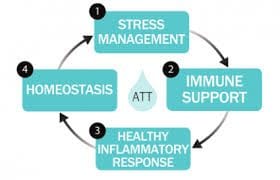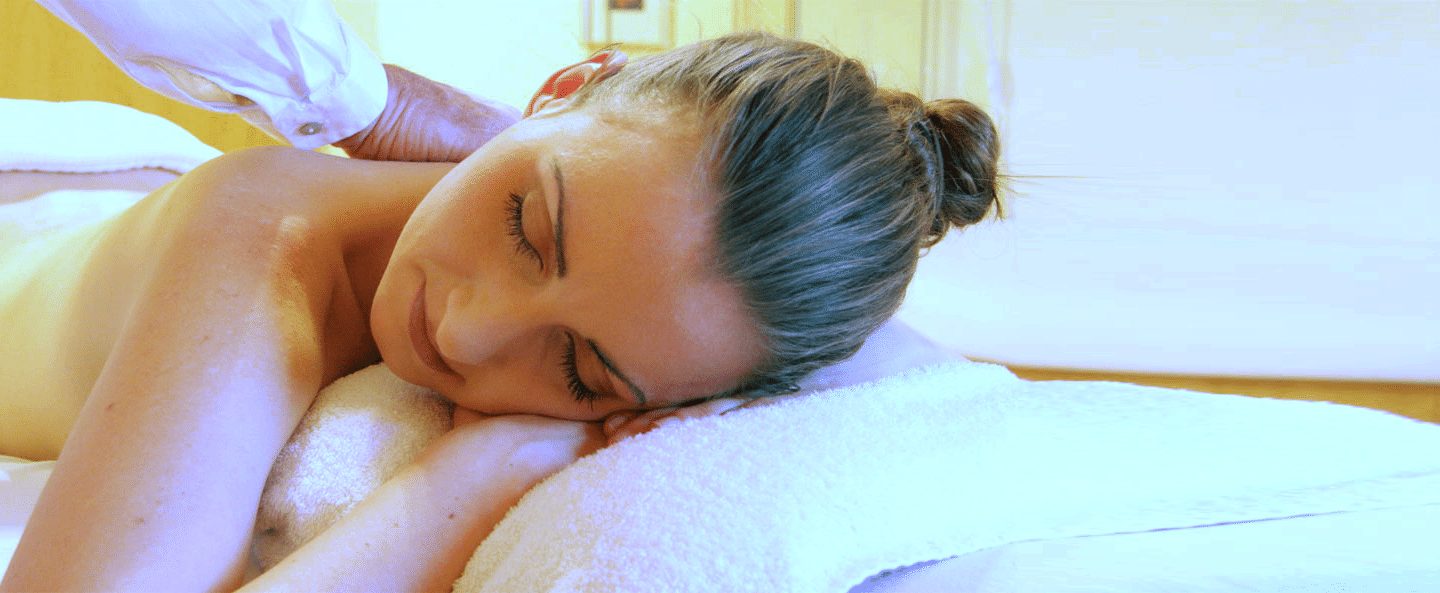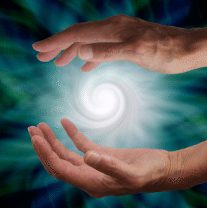 The sense of smell (olfaction) can bring out strong physiologic, mental, and emotional responses. Essential oils are quickly absorbed by smell receptors, which have a direct link to the limbic system by way of the olfactory nerve. The limbic system is part of the brain that supports a variety of functions including smell, emotions, behaviour, and memory. For this reason, essential oils have a particularly powerful effect.
The sense of smell (olfaction) can bring out strong physiologic, mental, and emotional responses. Essential oils are quickly absorbed by smell receptors, which have a direct link to the limbic system by way of the olfactory nerve. The limbic system is part of the brain that supports a variety of functions including smell, emotions, behaviour, and memory. For this reason, essential oils have a particularly powerful effect.
Our sense of smell has a powerful influence over our thoughts, feelings, moods, memories and behaviours. A healthy human nose can distinguish over a trillion different aromas through, hundreds of distinct classes of smell receptors.
It’s accurate to say we “smell” danger. Our sense of smell is connected to our survival; it plays a significant role in remembering what is and isn’t safe and what is and isn’t pleasurable.
The smell of essential oils can be effective in healing. Essential Oils provide stress relief, stabilise moods, improve sleep, eliminate pain, and increase energy levels. In short, scents can change nervous system biochemistry.
![7[1]](https://b575792.smushcdn.com/575792/wp-content/uploads/2016/09/71.jpg?lossy=1&strip=1&webp=1) dōTERRA’s
dōTERRA’s 
 I create an atmosphere of
I create an atmosphere of 


